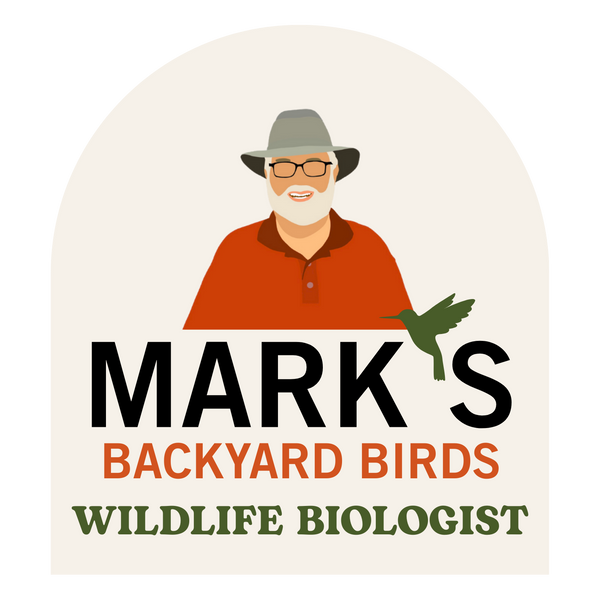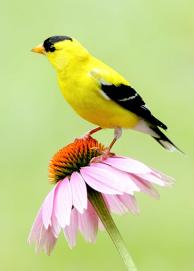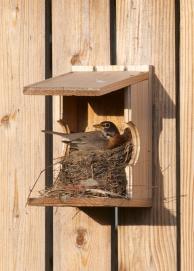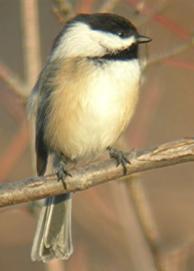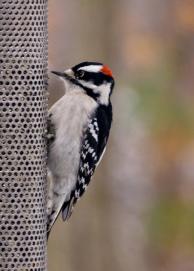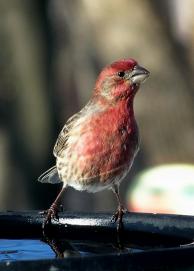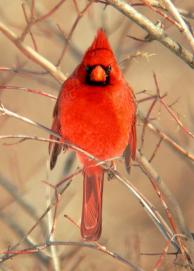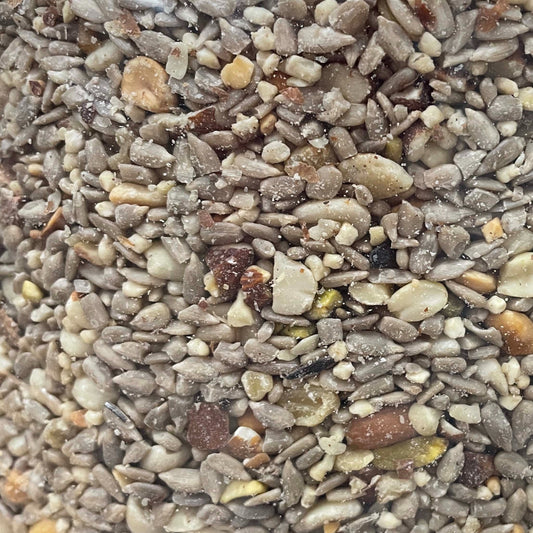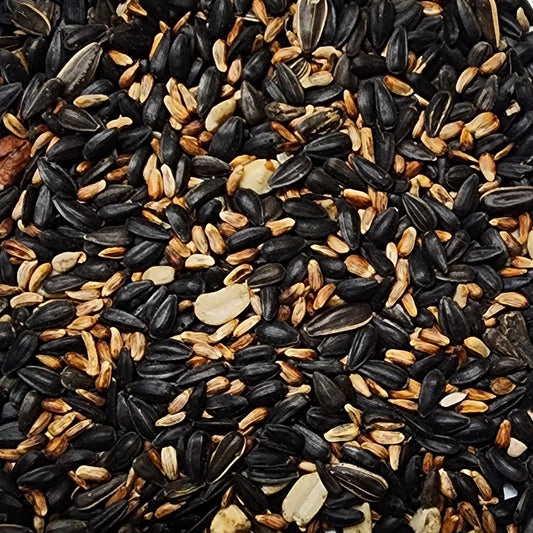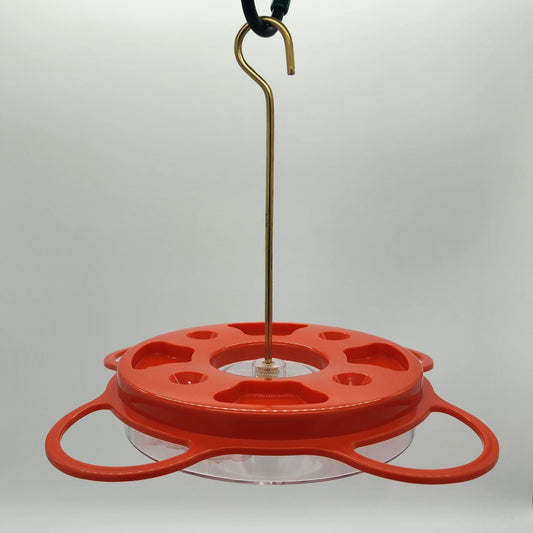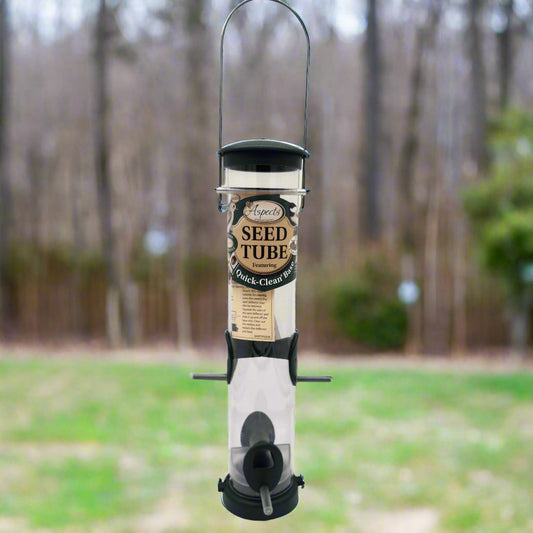 This article is probably better suited for the younger boys in the audience. I can just hear them going, “Ooooooo cool!” Most of you will say, “That’s gross!” As birds go, Turkey Vultures ( Cathartes aura ) are probably one of the ugliest looking. They have a naked, bright red head, no feathers just skin. The rest of their large (26 – 32") body is covered with black feathers. If you look up at them as they fly over, you might notice a two-toned effect on the underside of the wings (wingspan 6’). As they get farther away, look for the dihedral (shallow V) posture of their wings. Most hawks and eagles that are seen in our area have a flat wing posture when flying.
This article is probably better suited for the younger boys in the audience. I can just hear them going, “Ooooooo cool!” Most of you will say, “That’s gross!” As birds go, Turkey Vultures ( Cathartes aura ) are probably one of the ugliest looking. They have a naked, bright red head, no feathers just skin. The rest of their large (26 – 32") body is covered with black feathers. If you look up at them as they fly over, you might notice a two-toned effect on the underside of the wings (wingspan 6’). As they get farther away, look for the dihedral (shallow V) posture of their wings. Most hawks and eagles that are seen in our area have a flat wing posture when flying.
OK, now for the cool (or gross) stuff. Turkey Vultures eat anything that is dead, including skunks. Not just newly dead, it could be dead a week and they’d eat it. They have very strong stomach enzymes that keep the microbes and bacteria from making them sick. Sometimes, they eat so much dead stuff they can’t fly. When that happens and a predator comes along the vultures throw up all that dead stuff on the predator and then it is able to fly to safety. A predator will get the same defense mechanism from young vultures. And remember the next time you want to look at young TVs, to the young vultures, you are a preda- tor! If you think it smelled bad before they ate it .... Vultures also have a unique way of keeping cool, they defecate on their legs. As the waste evaporates, it cools the vulture and it gives their pink legs a whitish appearance.
How do these winged disposals find their food? You may have heard us say that smell is not well developed in birds – TVs are very much the exception. While they do use sight to locate food, research has shown that they can find dead animals hidden from view.
Without these garbage collectors from the sky, we would be up to our knees in road kill. Now that’s gross!
By Ruth Simmons
